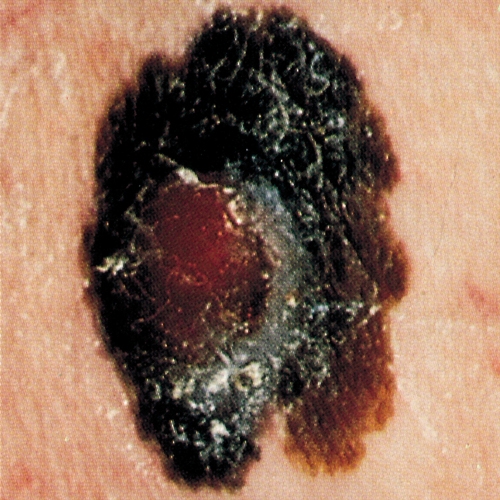Health & Fitness
2,180 2 minutes read
The color is not the same all over and may include shades of brown or black, sometimes with patches of pink, red, white, or blue.

Diameter
The spot is larger than ¼ inch across – about the size of a pencil eraser – although melanomas can sometimes be smaller than this.

Evolving
The mole is changing in size, shape, or color.
Basal and squamous cell skin cancers are more common than melanomas, but they are usually very treatable.
Both basal cell carcinomas and squamous cell carcinomas, or cancers, usually grow on parts of the body that get the most sun, such as the face, head, and neck. But they can show up anywhere.
Basal cell carcinomas: what to look for:
Squamous cell carcinomas: what to look for:
Not all skin cancers look like these descriptions, though. Point out anything you’re concerned about to your doctor, including: